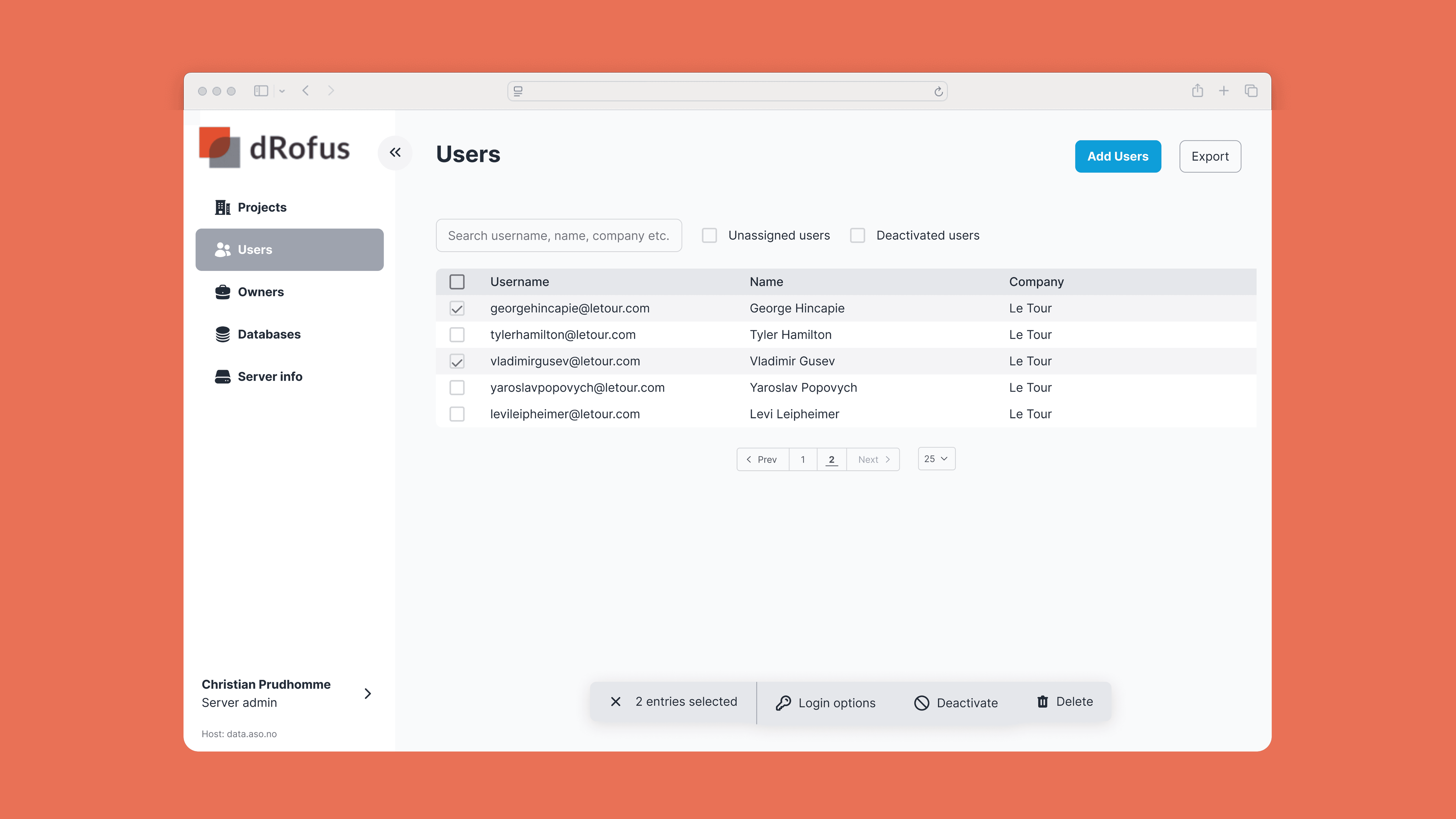Building a complex ABA platform
Pathways was developed as a digital platform to improve structured learning and behavior management for individuals with autism and other learning challenges. The goal was to replace outdated, paper-based documentation methods with a more efficient and accessible digital system.
As the Product Manager and UX designer, I was responsible for product development, user research, wireframing, usability testing, and customer success. My role involved translating user needs into intuitive workflows and ensuring the platform effectively supported professionals in their daily work.
In close collaboration with three developers, we successfully built the platform in 15 months.
Client
Sunstone
Type
Pathways
Year
2022

Research
Background
In autism intervention and early childhood education, comprehensive documentation and data analysis are crucial. Previously, professionals relied on paper-based records, leading to stacks of binders. This system was cumbersome and time-consuming.
I joined the project at an early stage while still a student. The initial UX work had been started by a previous designer, but it lacked proper documentation and user validation.
User Insights
To build a solid foundation for the platform, I started with a comprehensive design audit of the existing sketches. The lack of documentation made it challenging to piece together previous work. To gather insights I had to conduct my own user research:
Observations in childcare centers to understand workflows and challenges
User interviews with specialists and caregivers to identify pain points
Analysis of existing paper forms and reports to map out potential digital solutions
During my research, I realized that the domain was highly specialized. To better understand the complexities of Applied Behavior Analysis (ABA), I completed a course in ABA and early intervention strategies for autism. This allowed me to make informed design decisions and communicate effectively with domain experts.
Challenge
One of the biggest challenges was working with existing designs that had no documentation while making sure they still met user needs. This meant respecting past work while also being open to rethinking and improving key design choices.
Additionally, as part of a startup, we faced constraints in development resources. Priorities shifted frequently, requiring a flexible approach to both design and implementation.
Design and testing
We began by modernizing the platform’s visual identity to create a cleaner, more user-friendly interface. From there, we focused on refining the core functionalities based on user feedback and usability principles. Although an initial MVP had been defined, we adopted a modular approach to iterate and improve key features over time.
As we refined the platform’s core functionalities, one of the most critical areas for improvement was data collection. In the initial phase, we designed a data collection system where users could register data after a learning session. Our assumption was that this would allow therapists to input accurate data at their own pace. However, during testing, we found that this approach was cumbersome and time-consuming. Users needed a more streamlined way to input data quickly without interrupting their workflow.
Based on this feedback, we shifted our focus to live data collection, allowing users to record data in real-time during the session. This version was much better received, as it reduced the need for memory recall and improved efficiency. However, through additional testing and user feedback, we identified further areas for improvement.
One key issue was flexibility - users needed a smoother way to switch between programs and targets. To address this, we introduced:
A dropdown menu for program switching, enabling users to seamlessly navigate between different programs without exiting the data collection view.
A zoom feature, allowing users to adjust how many targets were visible at a time, making it easier to focus on key data points.
A search function, helping users quickly find specific targets without unnecessary scrolling.
These enhancements significantly improved usability, making data collection more efficient and adaptable to therapists’ varying needs.
Once development reached a stable stage, we launched a pilot program and continuously refined the platform based on user feedback.
Solution
The project was delivered in phases, starting with core functionalities before expanding based on user feedback. Through an iterative design and development process, we ensured the platform met practical needs while remaining scalable for future enhancements. Pathways significantly improved how professionals manage intervention plans by offering an intuitive and structured digital platform. It reduced reliance on paperwork, enhanced collaboration, and provided real-time access to critical data, ultimately making the intervention process more efficient and effective.
Final thoughts
Throughout this process, I learned how important it is to involve users early and often to avoid costly redesigns. Iterative design was key, allowing us to adjust the product based on real user needs. Understanding ABA and intervention strategies helped me make informed design choices, and working in a startup taught me the value of being flexible and adapting to shifting priorities.
Moving forward, the goal is to add more customization options to fit different user needs and explore AI-driven insights for better data analysis. To ensure these updates provide real value, usability testing will be key in refining the user experience. With continuous improvements, Pathways has the potential to make a lasting impact in the field of autism intervention.




